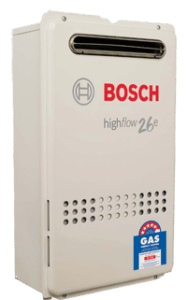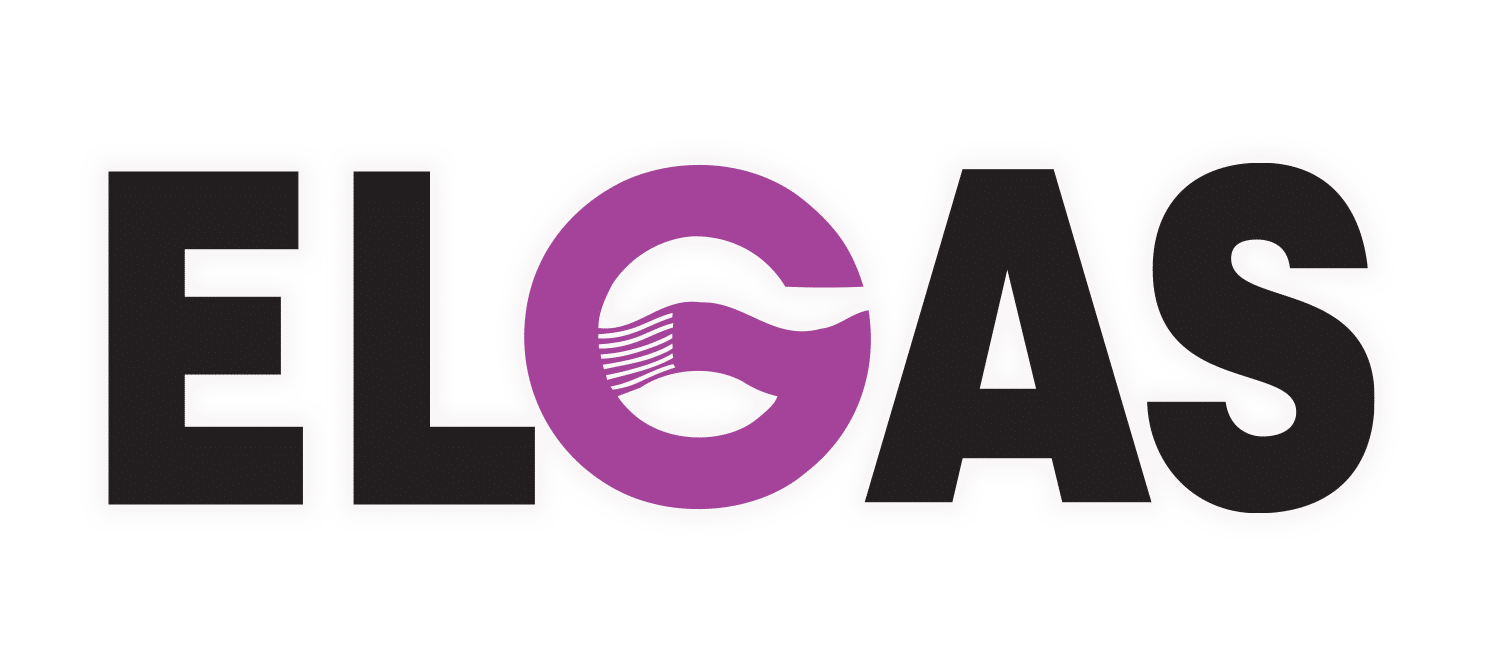LPG Instant Gas Hot Water System (Gas Water Heater): How Does LPG Instant Gas Hot Water Work
How does an LPG instant gas hot water system work?
 An LPG instant gas hot water system (instantaneous gas hot water system) works by heating the water as it passes through the unit.
An LPG instant gas hot water system (instantaneous gas hot water system) works by heating the water as it passes through the unit.
Also called an LPG instant gas hot water system, LPG instant gas hot water systems (instant gas hot water) are the most popular type of gas hot water system (gas water heater) in Australia.
The reasons are simple — an LPG instant gas hot water system (instantaneous gas hot water system) never runs out of hot water and they are energy efficient.
But how does an LPG instant gas hot water (gas water heater) work?
How Does an LPG Instant Gas Hot Water System Work?
 An LPG instant gas hot water system (LPG instant gas hot water) works when you open a hot water tap and a sensor detects the water flow.
An LPG instant gas hot water system (LPG instant gas hot water) works when you open a hot water tap and a sensor detects the water flow.
When the LPG instant gas hot water (gas water heater) is working, the gas burner fires and the heat exchanger works to heat the water. See image.
Some models of tankless LPG instant gas hot water system (instantaneous gas hot water system) work with a secondary heat exchanger to pre-heat the water, using heat from the LPG instant gas hot water exhaust gases.
A thermostat works to regulate the amount of gas that goes to the LPG instant gas hot water system burner, maintaining the pre-set water temperature.
The gas burner fires and the heat exchanger warms the flowing water.
Computer Controlled LPG Instant Gas Hot Water System (Instantaneous Gas Hot Water System)
At the heart of an LPG instant gas hot water system (instantaneous gas hot water system) is an Electronic Control Unit (ECU) that controls how the gas flows through the LPG instant gas hot water system (gas water heater).
The ECU controls all of the functions of a modern gas hot water system (gas water heater), including temperature control, ignition, gas flow, and modulation.
It is also responsible for safety, with a flame sensor and automatic gas cut-off in the event of a problem.
LPG Instant Gas Hot Water System Getting Started
When you turn on a hot water tap anywhere in your home, a flow sensor connected to the ECU detects the water flow through the LPG instant gas hot water system (instantaneous gas hot water system), and the heating begins.
 A slow leaking tap is not enough flow to start the LPG instant gas hot water system (instantaneous gas hot water system).
A slow leaking tap is not enough flow to start the LPG instant gas hot water system (instantaneous gas hot water system).
However, leaky water pipelines and continuous gas hot water system repairs require immediate inspection.
Some LPG instant gas hot water system (LPG instant gas hot water) models have a combustion fan that draws air for combustion.
At the same time, the ECU starts the gas flow via a solenoid gas valve and triggers the igniter.
The gas water heater igniter sparks until the flame sensor detects a flame.
If the gas water heater flow fails to light within a few seconds, the ECU shuts down the flow to prevent any unsafe accumulation of gas.
The Instantaneous Gas Hot Water System Process
In an LPG instant gas hot water system (instantaneous gas hot water system), the gas burner applies heat to the heat exchanger that the water flows through.
The course of the instant gas hot water is typically a serpentine pattern, allowing the water to absorb as much heat as possible from the walls of the heat exchanger.
Some LPG instant gas hot water system (LPG instant gas hot water) models have a secondary heat exchanger to pre-heat the water, using the heat from the burner exhaust gases.
This is often called a “condensing” continuous hot water system model (gas water heater).
The advantage of these LPG instant gas hot water system (instantaneous gas hot water system) is that they provide even greater energy efficiency; however they tend to have a higher purchase price than standard LPG instant gas hot water system (gas water heater) models.
Many non-condensing LPG instant gas hot water system (instantaneous gas hot water system) models are already 6-star rated.
Controlling the Temperature of an Instantaneous Gas Hot Water System (Gas Water Heater)
As the flow rate and temperature of the incoming water can vary, the ECU modulates the amount of gas that goes to LPG instant gas hot water system (instantaneous gas hot water system).
 This modulation of the gas keeps the instant gas hot water (gas water heater) at a constant temperature.
This modulation of the gas keeps the instant gas hot water (gas water heater) at a constant temperature.
This functionality is based on a water temperature sensor on the exit side of the heat exchanger.
Some LPG instant gas hot water system (LPG instant gas hot water) have temperature controllers that allow the user to select a temperature and others are factory pre-set.
These controllers can be located on the instant gas hot water (gas water heater) or wired to a remote location like a kitchen or bathroom.
The ECU takes the controller’s input to modulate the gas flow, keeping the instant gas hot water (instantaneous gas hot water system) at the user’s desired temperature.
Most models of LPG instant gas hot water system (instantaneous gas hot water system) come with their maximum temperature pre-set in the factory.
This is a safety precaution to help prevent possible scalding.
 Gas Hot Water Tank (Gas Water Heater)
Gas Hot Water Tank (Gas Water Heater)
Different from an LPG instant gas hot water system (LPG instant gas hot water), a gas hot water tank (gas water heater) works by heating water and storing it until needed.
Hot water is drawn from the top of the gas hot water tank (gas water heater) and replaced with cold water at the bottom because warm water rises.
When the gas water tank water temperature drops below the thermostat set point, the gas hot water tank (gas water heater) works by having the burner run until the temperature recovers to the set point.
Power Supply to an LPG Instant Gas Hot Water System (LPG Instant Gas Hot Water)
To power the flame igniter, most LPG instant gas hot water units (instantaneous gas hot water system) are connected to your home’s power supply.
 However, there are some LPG instant gas hot water (gas water heater) units that use energy created by the water flowing through a small water turbine to provide the power for ignition (see graphic).
However, there are some LPG instant gas hot water (gas water heater) units that use energy created by the water flowing through a small water turbine to provide the power for ignition (see graphic).
Lastly, there are also some LPG instant gas hot water system (instantaneous gas hot water system) units that just use a simple battery.
The turbine and battery powered instant gas hot water (gas water heater) units have a distinct advantage over the connected models, inasmuch as they will operate even during a power outage.
The disadvantage of the turbine powered LPG instant gas hot water system (instantaneous gas hot water system) is that the entire unit is physically larger than a comparable plug-in model, as well as more expensive.
How an LPG Instant Gas Hot Water System Works – Summary
Cold water flows into the LPG instant gas hot water system (instantaneous gas hot water system) when a hot water tap is opened inside your home.
The water flow is detected by an instant gas hot water sensor that ignites the gas burner, to heat the water in the heat exchanger.
The water typically follows a serpentine pattern through the instantaneous gas hot water system (gas water heater) heat exchanger, absorbing as much heat as possible.
An electronic control unit modulates the gas burner to maintain a set water temperature.
This is the simple explanation of how an instant gas hot water (gas water heater) works.
Many Manufacturers & Models of LPG Instant Gas Hot Water System (Gas Water Heater)
 Please note that there are many manufacturers and even more models of LPG instant gas hot water system (instantaneous gas hot water system), including both LPG and natural gas.
Please note that there are many manufacturers and even more models of LPG instant gas hot water system (instantaneous gas hot water system), including both LPG and natural gas.
Therefore, there can be variations in features, functionality and operation from the general gas hot water system (gas water heater) descriptions provided above.
You should always consult the specific manufacturer’s information when making an LPG instant gas hot water system (instantaneous gas hot water system) purchase selection or other decision.
You should also always consult your owner’s manual for advice on safe LPG instant gas hot water system (gas water heater) operation and maintenance.
